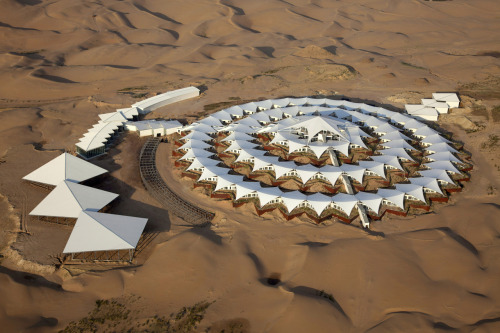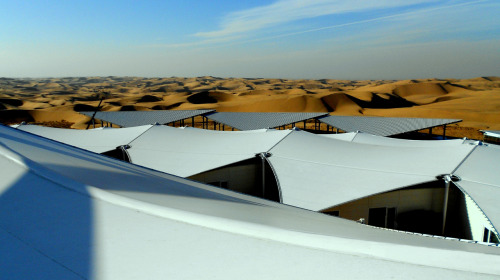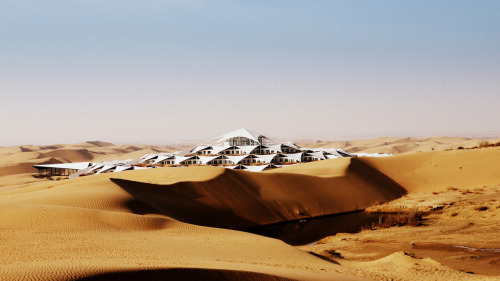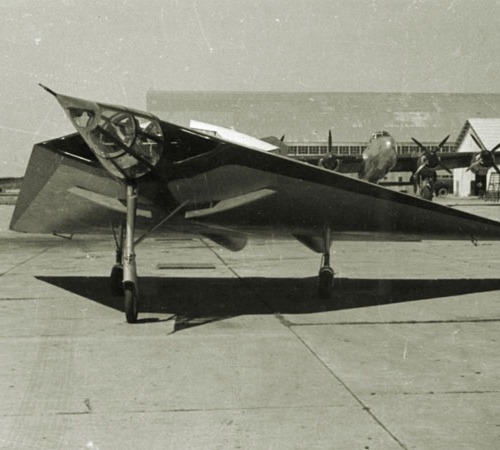In Skyfall, the Japanese island of Hashima serves as the secret headquarters of Raoul Silva, the well-coiffed Bond villain played by Javier Bardem. In reality, it serves as a sobering reminder of the pitfalls of industrialization, and the human toll it can exact. Late last month, Messy Nessy Chic published a detailed history of the island, which, at the turn of the 20th century, was a bustling coal-mining town owned by the Mitsubishi Corporation.
Things took a turn for the sinister at the dawn of World War II, when the Japanese turned the island into a bona fide labor camp for Chinese and Korean prisoners. By 1959, the island boasted the highest population density on Earth (139,100 per square kilometer), and living conditions soon...
Continue reading… (from The Verge)
Well, now I HAVE to get out there and watch Skyfall ... as I wrote about the glorious ruins of Hashima island for
Dark Roasted Blend, and - naturally - the same article is in my book,
Welcome to Weirdsville:

Crumbling plaster, broken and splintered lath, cracked cement, fractured concrete, gap-toothed brick walls, rusting iron, daggers of shattered glass … no argument about it: there's something hypnotically alluring, darkly fascinating, about a truly great ruin.
What's now decay and rot once was bright and brilliantly full of hope: Who lived here? What were their lives like? What happened? How did it all come apart? How did it all crumble to almost nothing?
In the case of Hashima Island, or Battleship Island as it's often called, hope and optimism became dust and decay because one black resource was replaced by a cheaper black resource. Populated first in 1887, the island – which is 15 kilometers from Nagasaki – only began to really, and phenomenally, become populated much later, in 1959.
Hashima is, for many ruin fans, the rotting and collapsing grail, the benchmark all other crumbling structures are measured against – and seeing pictures of the place it's easy to see why. Not only is Hashima frighteningly preserved in some places, as if the residents had just stepped out as few minutes before, but it is also, contrarily, spectacularly falling down. Beyond its current awe-inspiring state of decay, the island's dramatic isolation and its bizarre history make it the ruin of ruins.

Before that day when coal, the old black resource, was replaced by oil, another black resource, Hashima was the most densely populated area – ever. On that tiny island, crammed into what are now decaying tenements, were thousands of miners, their families (including children), support staff, administration, and everything necessary to make their lives at least tolerable. It's hard to imagine when looking at the empty doorways, ghostly apartments, and hauntingly vacant corridors what the lives of those people might have been like.
Unlike the post-apocalyptic drama of Hashima, we can very easily imagine what the lives of the residents of the famous Walled City of Kowloon were like – in fact we can ask them, as their city was torn down in 1993. The reason why the Walled City gets so frequently mentioned as a ruin is, while it was there, it was as if the people who lived in it were living their lives in the guts of some great, monstrous, maze.
To say that the city had a long history is an understatement, as its roots go back to the Song Dynasty (960 AD, if you need to know the date). The city was a curiosity for a very long time – a strange bit of legal knotting making it Chinese and not British -- but the labyrinth didn't start to grow appreciably until after the second world war when it became a haven for … well, people without a state: refugees, squatters, thieves, drug-dealers, and much more (and much worse). Neither Great Britain nor China refused to have anything to do with the immense warren of walkways, apartments, workshops, factories, brothels, gambling dens, and opium dens.

The Triad, who represented most of the criminal element, were pretty much forced out in the 70s – by a police attack some 30,000 strong, no less -- but the city remained as a kind of anarchist warren, a world-unto-itself where the residents built and maintained pretty much everything. Looking at pictures of the city today, it looks like some kind of ramshackle prison, a cyberpunk nightmare of florescent lights, spectrally flickering televisions, and mazes of perpetually damp hallways and trash-strewn alleyways. Yet, for many people living there, it was simply home.
Alas, the end of the living ruin that was the Walled City came to an end in the 90s when the residents were evacuated and their fantastic city-within-a-city was torn down. Interestingly, the Walled City has a strong connection to Hashima as, at its height, the Walled City had a population density almost rivaling that Japanese island. Before the bulldozers came, it had a staggering population of 50,000 people, all living in an area the size of a few city blocks.
But if you're talking ruins you have to talk about the ruin FROM THE FUTURE .. or at least a ruin that looks like it came from there.
If you travel to Taiwan, up north to be specific, you will find yourself in a what looks like the fantastic set from some kind of big-budget science fiction epic: the resort of San Zhi. Built in the 1980s, the resort was supposed to be, planned to be, a vacation spot from the next century .. BUT TODAY!

Unfortunately, the dreams of the developers stayed just that and, beyond a few remarkably-well-preserved, sections, San Zhi never materialized. But what they did build, and that's still there in all it's ruinous glory, is amazing: crumbling residential pods on a bleak and blasted landscape, a mini-sprawl of the future falling apart BUT TODAY!
Decaying, rotting, crumbling, collapsing – ruins are the remains of what was, of the lives of the people who lived in them. In the case of Hashima Island, what remains teases us with thoughts of what it must have been like to live in the most densely populated area in the world, ever; with the Walled City of Kowloon, we instead dream of what it must have been like to a resident of a labyrinthine living, breathing ruin; and then there is the painful folly of San Zhi – a ruin not from the past but strangely, wonderfully, from a tomorrow that might have been.














